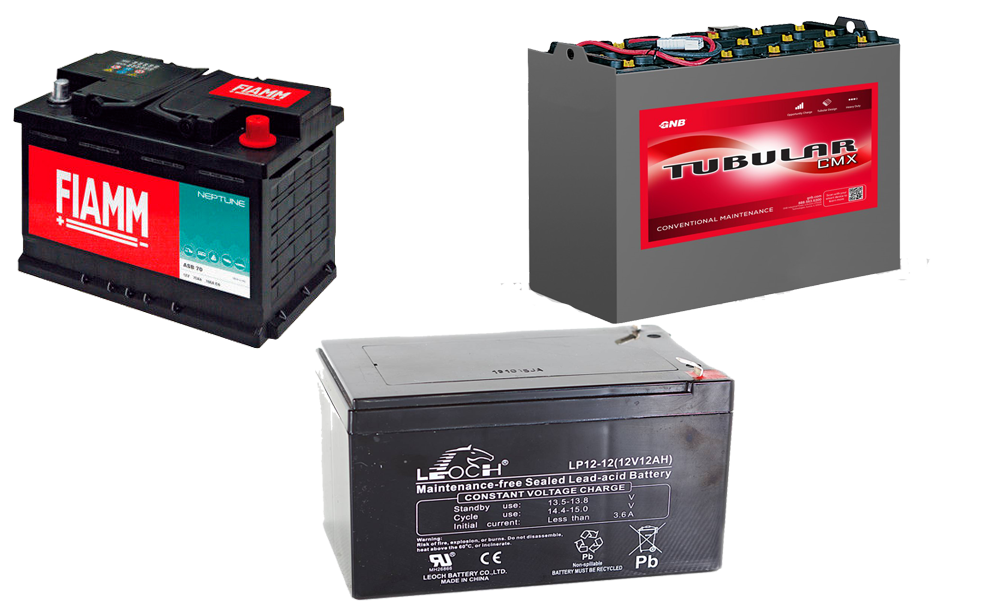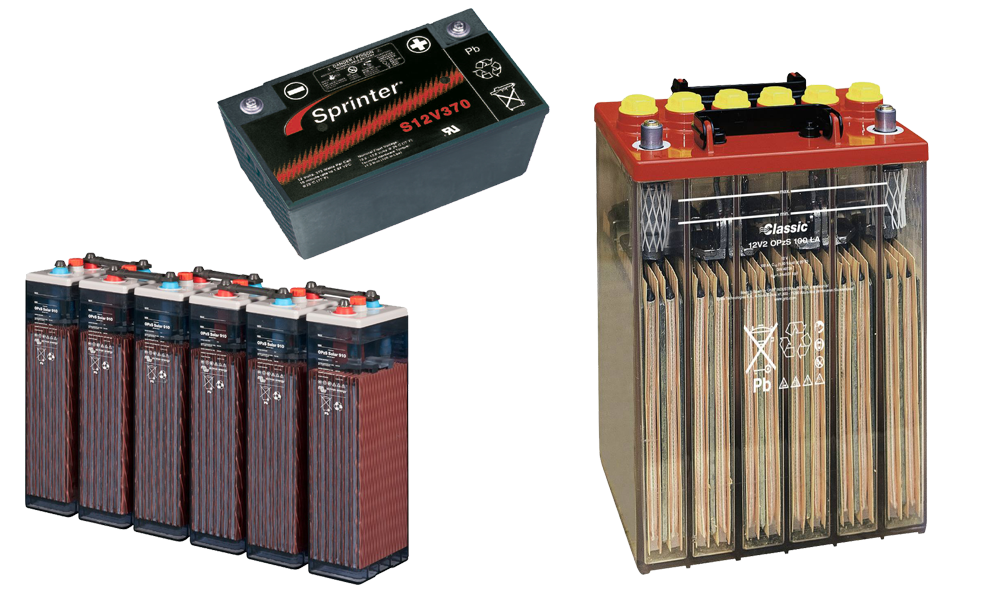BACK-UP BATTERIES
Convenient power supplies as small as a fingernail or as big as a trunk—give us a sure and steady supply of electrical energy whenever and wherever we need it.
Batteries
The battery backup sits between the utility power and the parts of the machine. In other words, the machine and accessories plug into the battery backup and the battery backup plugs into the wall. UPS devices come in many shapes and sizes but are most commonly rectangular and freestanding, intended to sit on the floor near the computer. All battery backups are very heavy due to the batteries located inside.
Batteries Purpose
Life without batteries would be a trip back in time, a century or two, when pretty much the only way of making portable energy was either steam power or clockwork. Batteries—handy, convenient power supplies as small as a fingernail or as big as a trunk—give us a sure and steady supply of electrical energy whenever and wherever we need it. Although we get through billions of them every year and they have a big environmental impact, we couldn’t live our modern lives without them.
The positive and negative electrodes are separated by the chemical electrolyte. It can be a liquid, but in an ordinary battery it is more likely to be a dry powder. When you connect the battery to a lamp and switch on, chemical reactions start happening. One of the reactions generates positive ions and electrons at the negative electrode. The positive ions flow into the electrolyte, while the electrons flow around the outside circuit to the positive electrode and make the lamp light up on the way.
The positive and negative electrodes are separated by the chemical electrolyte. It can be a liquid, but in an ordinary battery it is more likely to be a dry powder. When you connect the battery to a lamp and switch on, chemical reactions start happening. One of the reactions generates positive ions and electrons at the negative electrode. The positive ions flow into the electrolyte, while the electrons flow around the outside circuit to the positive electrode and make the lamp light up on the way.

VALVE REGULATED LEAD ACID
Due to their construction, the Gel and Absorbent Glass Mat (AGM) types of VRLA can be mounted in any orientation, and do not require constant maintenance. The term “maintenance free” is a misnomer as VRLA batteries still require cleaning and regular functional testing. They are widely used in large portable electrical devices, off-grid power systems and similar roles. Gel cells add silica dust to the electrolyte, forming a thick putty-like gel. These are sometimes referred to as “silicone batteries”. AGM (Absorbent Glass Mat) batteries feature fiberglass mesh between the battery plates which serves to contain the electrolyte.
LEAD ACID BATTERY
As they are inexpensive compared to newer technologies, lead–acid batteries are widely used even when surge current is not important and other designs could provide higher energy densities. Large-format lead–acid designs are widely used for storage in backup power supplies in cell phone towers, high-availability settings like hospitals, and stand-alone power systems. For these roles, modified versions of the standard cell may be used to improve storage times and reduce maintenance requirements. Gel-cells and absorbed glass-mat batteries are common in these roles, collectively known as VRLA (valve-regulated lead–acid) batteries.

